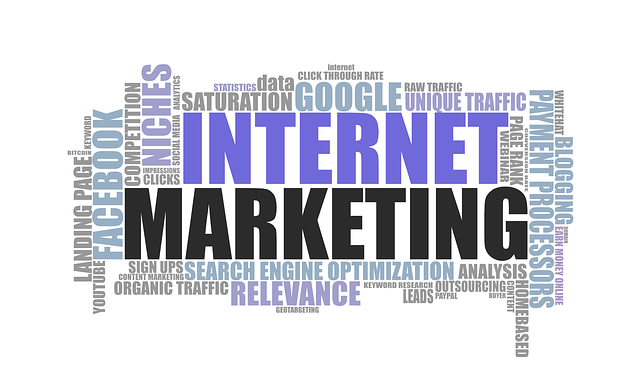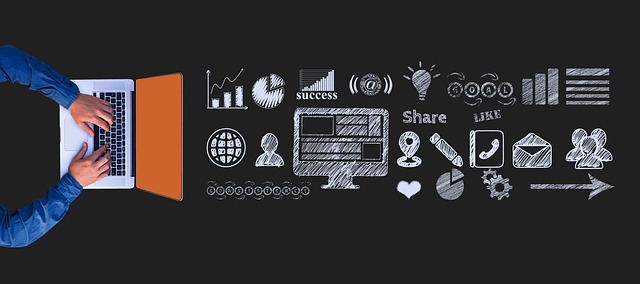AI real-time kitchen display systems revolutionize restaurant operations by automating repetitive tasks, boosting efficiency, and enhancing customer experiences. These systems leverage RPA to manage orders, track preparation times, and communicate updates, reducing human errors and improving accuracy. By integrating with POS systems, they offer chefs a centralized platform for seamless workflow management, priority order assignment based on urgency and special requests, better inventory control through ingredient usage tracking, and ultimately, improved restaurant performance and customer satisfaction.
“Discover the transformative power of AI Business Robotic Process Automation (RPA) in revolutionizing industry landscapes. This article explores how AI, coupled with real-time kitchen display systems, is reshaping modern food service operations. We delve into the integration of these technologies, enhancing efficiency and accuracy. By understanding RPA’s capabilities and its synergy with AI, businesses can navigate the digital age, ensuring optimal performance and customer satisfaction. Uncover the secrets to a streamlined kitchen experience through cutting-edge technology.”
- Understanding AI Business Robotic Process Automation (RPA)
- The Role of Real-Time Kitchen Display Systems in Modern Restaurants
- Integrating AI and RPA for Efficient Food Service Operations
Understanding AI Business Robotic Process Automation (RPA)

AI Business Robotic Process Automation (RPA) is a game-changing technology that leverages artificial intelligence to automate repetitive, rule-based tasks within businesses. By mimicking human actions and decision-making processes, RPA bots can handle various operations, from data entry to order processing, significantly enhancing efficiency and productivity. One notable application of AI RPA is in real-time kitchen display systems for restaurants. These systems use AI algorithms to manage orders, track preparation times, and communicate updates to both staff and customers, ensuring a seamless dining experience.
This technology offers numerous benefits, including reduced human error, increased accuracy, and improved operational visibility. With AI RPA, businesses can streamline their processes, release manual labor for more strategic tasks, and ultimately boost customer satisfaction. Moreover, the integration of AI real-time kitchen display systems can lead to faster service times, better inventory management, and enhanced overall restaurant performance.
The Role of Real-Time Kitchen Display Systems in Modern Restaurants

In modern restaurants, the adoption of AI real-time kitchen display systems is transforming the way orders are managed and prepared. These cutting-edge technologies offer a centralized platform that integrates seamlessly with existing point-of-sale (POS) systems, providing chefs and kitchen staff with a live, up-to-date view of every order. This real-time visibility streamlines workflows, reduces human errors, and enhances overall efficiency, allowing culinary teams to focus on creating high-quality dishes rather than managing manual tasks.
By leveraging AI-driven algorithms, these systems prioritize orders based on various factors like table urgency, special requests, and preparation times, ensuring that food is delivered promptly. Moreover, they facilitate better inventory management by tracking ingredient usage, enabling chefs to optimize purchasing decisions and minimize waste. The combination of enhanced visibility, streamlined processes, and data-driven insights makes AI real-time kitchen display systems a game-changer in the restaurant industry, contributing to improved customer satisfaction and operational excellence.
Integrating AI and RPA for Efficient Food Service Operations

In the fast-paced world of food service, efficiency is key to success. Integrating Artificial Intelligence (AI) with Robotic Process Automation (RPA) offers a game-changing solution for restaurants to streamline their operations. AI real-time kitchen display systems are transforming the way orders are managed and prepared. These innovative systems provide chefs and kitchen staff with an intuitive interface, allowing them to quickly visualize and prioritize tasks based on customer orders.
By leveraging RPA, repetitive and time-consuming tasks like data entry and order tracking can be automated, freeing up valuable human resources to focus on culinary arts and customer service. AI algorithms can analyze historical data and patterns to optimize menu pricing, predict peak hours, and even suggest personalized recommendations for diners. This integration enhances overall operational productivity, reduces human error, and ensures a seamless dining experience in the kitchen and beyond.
AI Business Robotic Process Automation (RPA), powered by AI real-time kitchen display systems, is transforming food service operations. By integrating these technologies, restaurants can streamline processes, enhance efficiency, and improve customer experiences. This modern approach allows for precise order management, optimized kitchen workflows, and data-driven decision making, ensuring a vibrant and well-oiled culinary environment.
